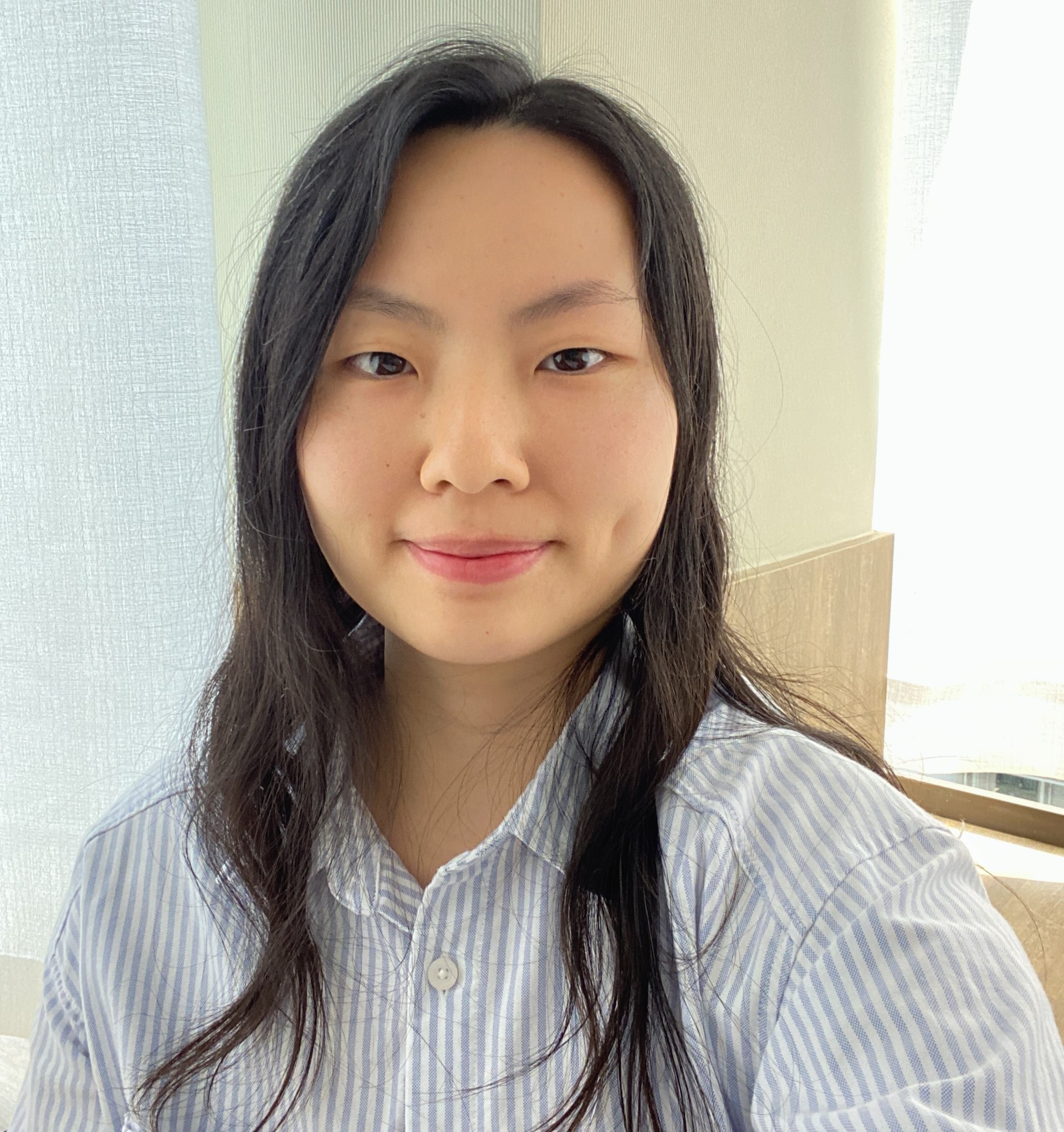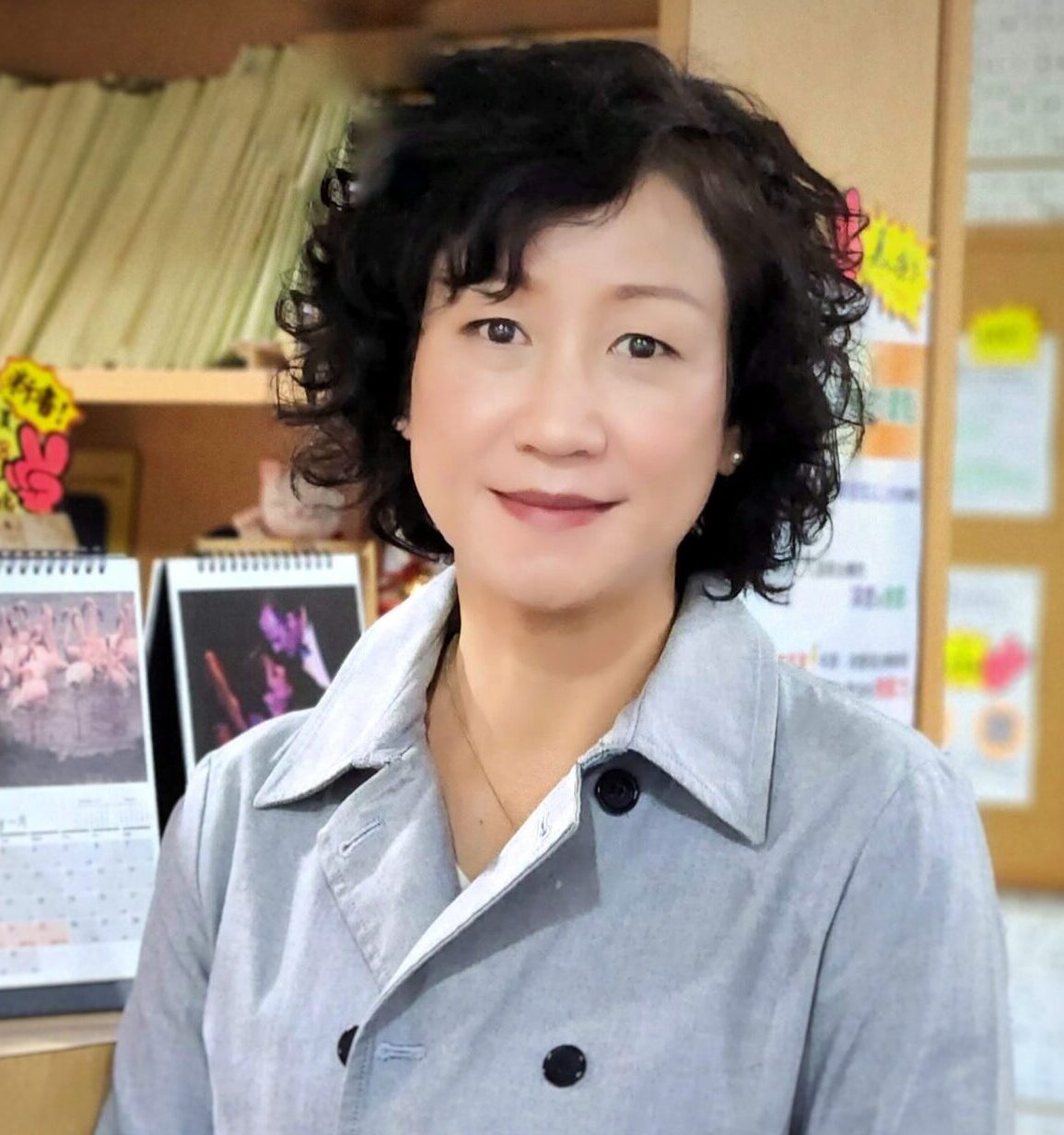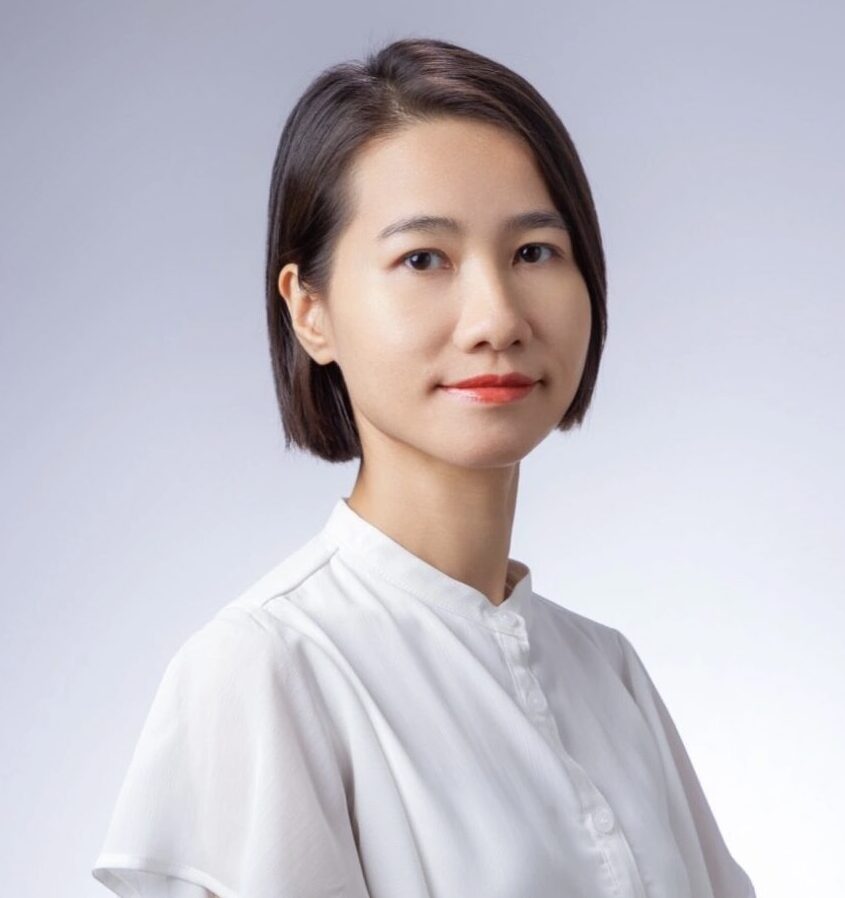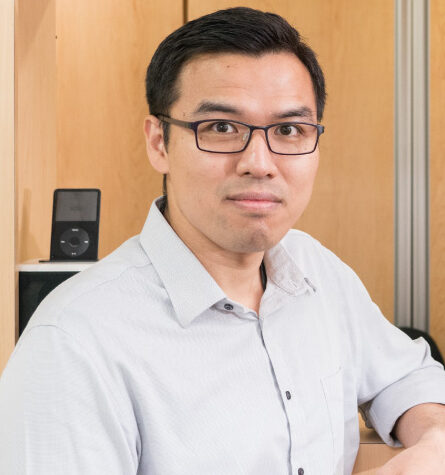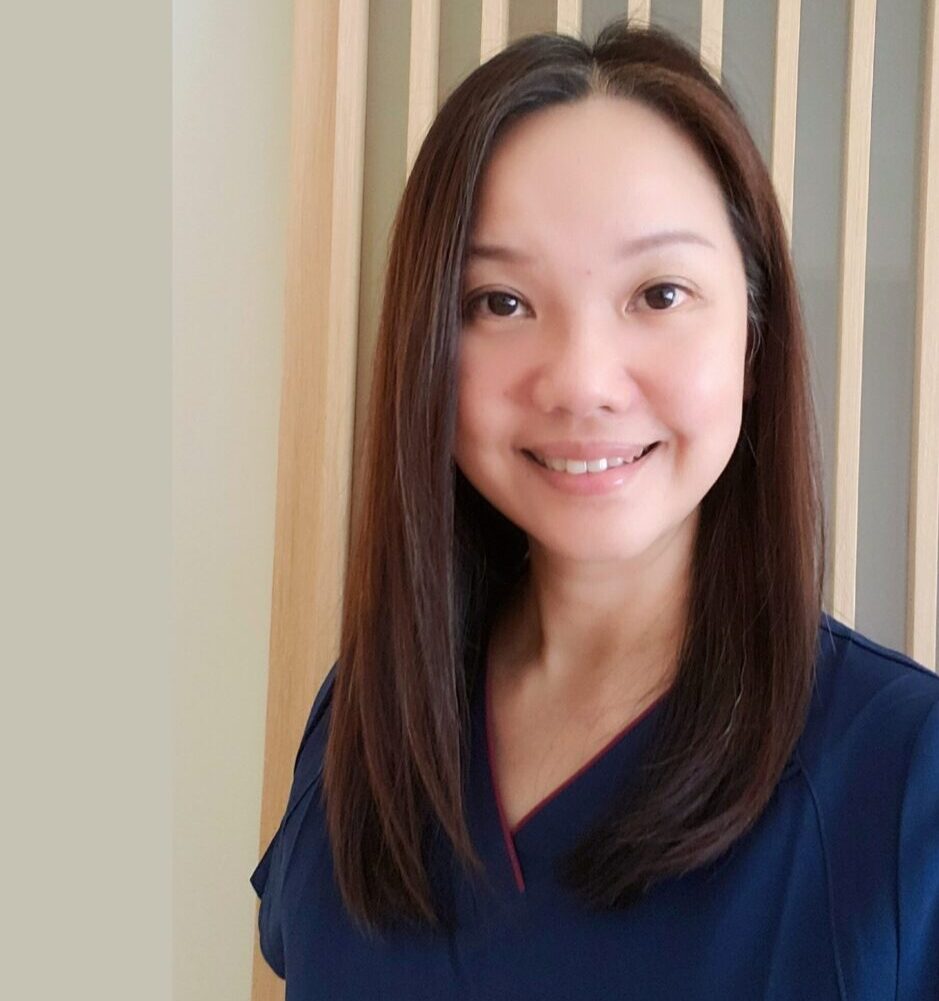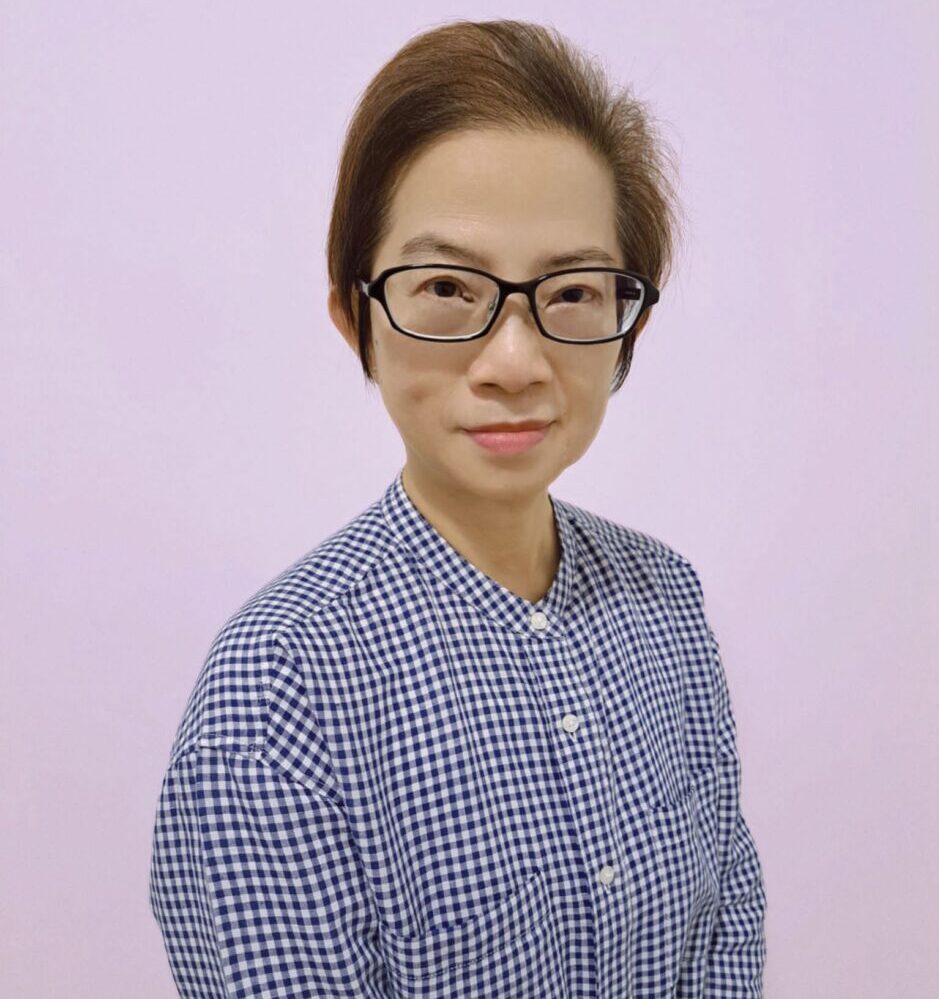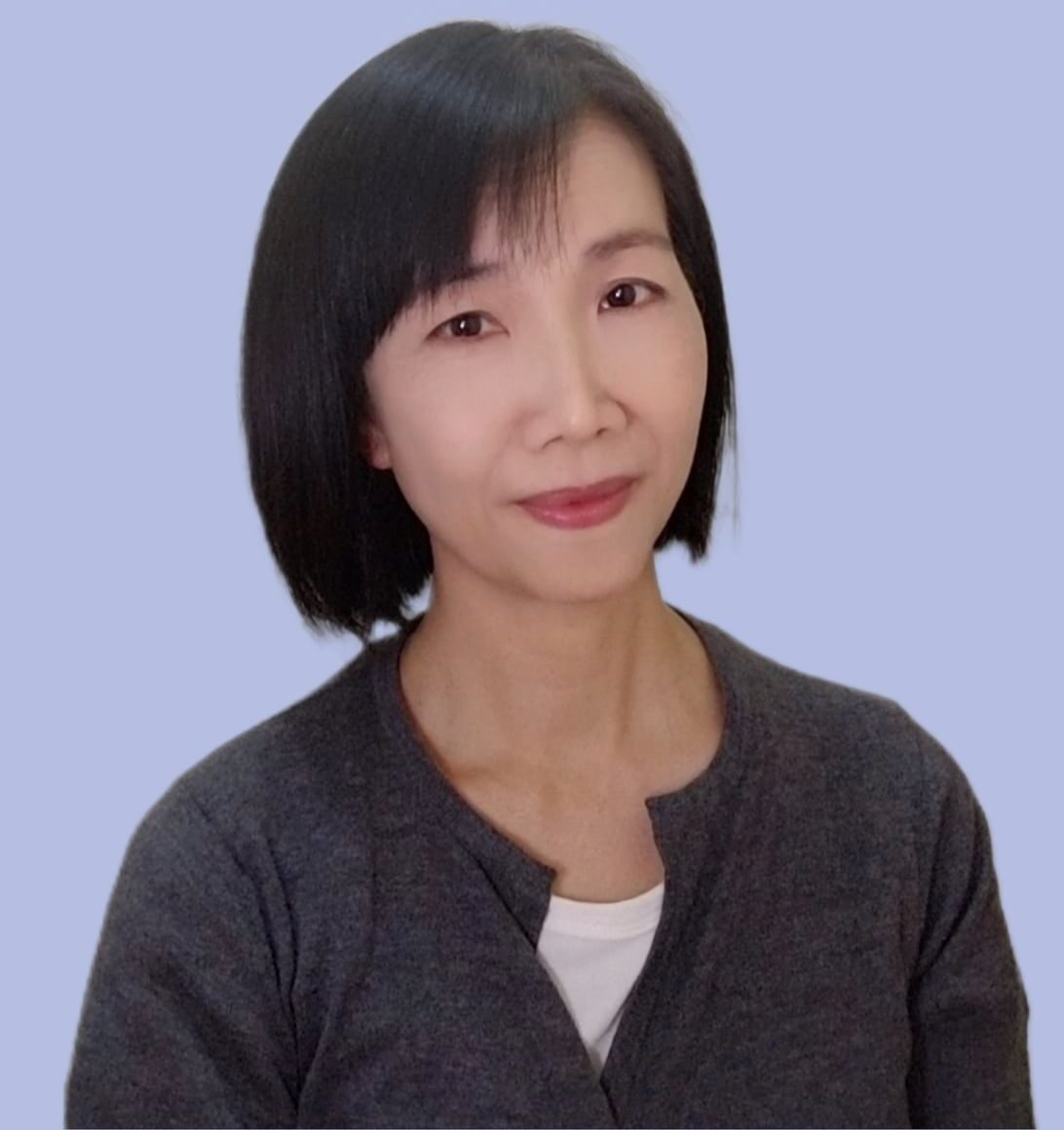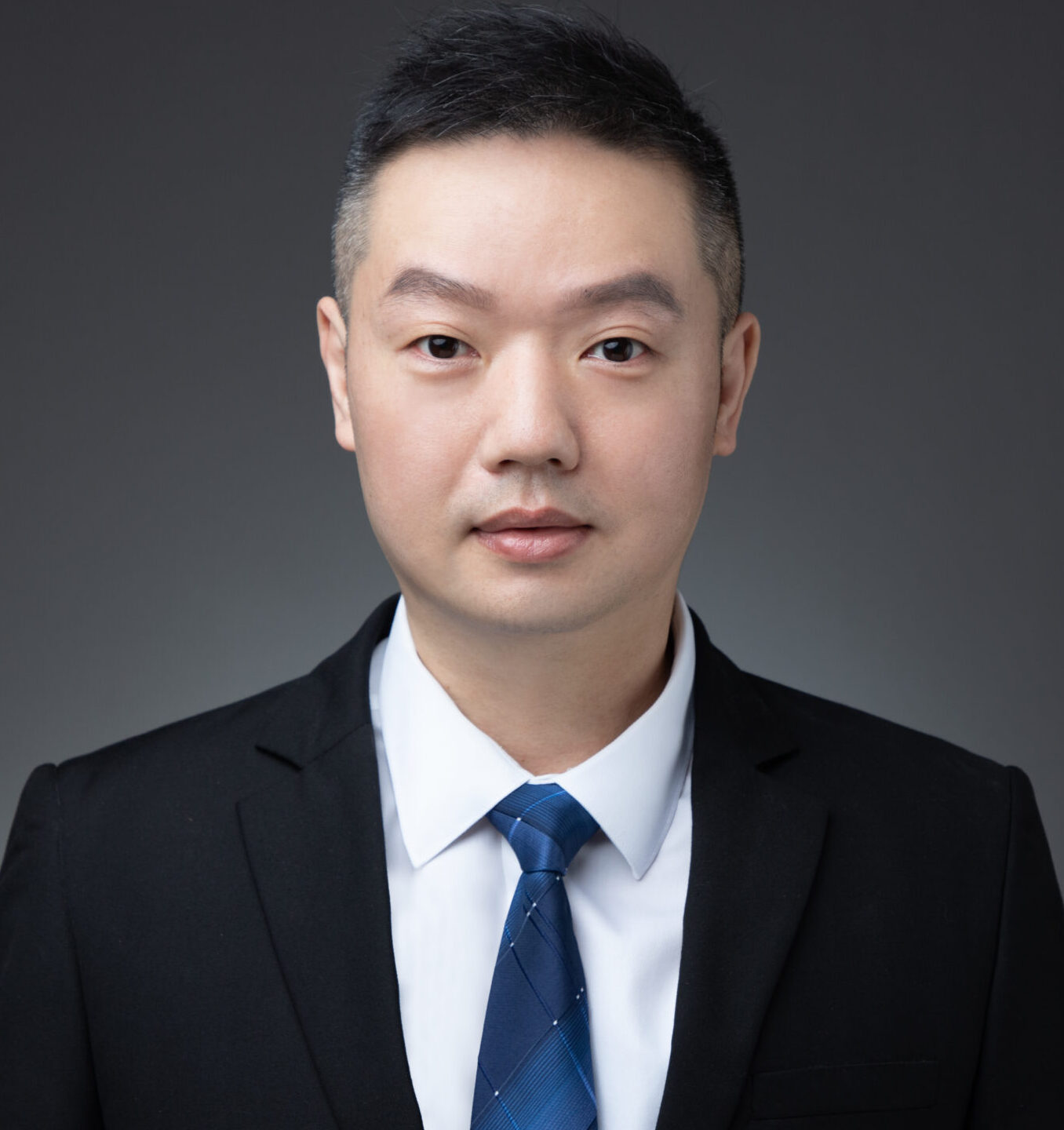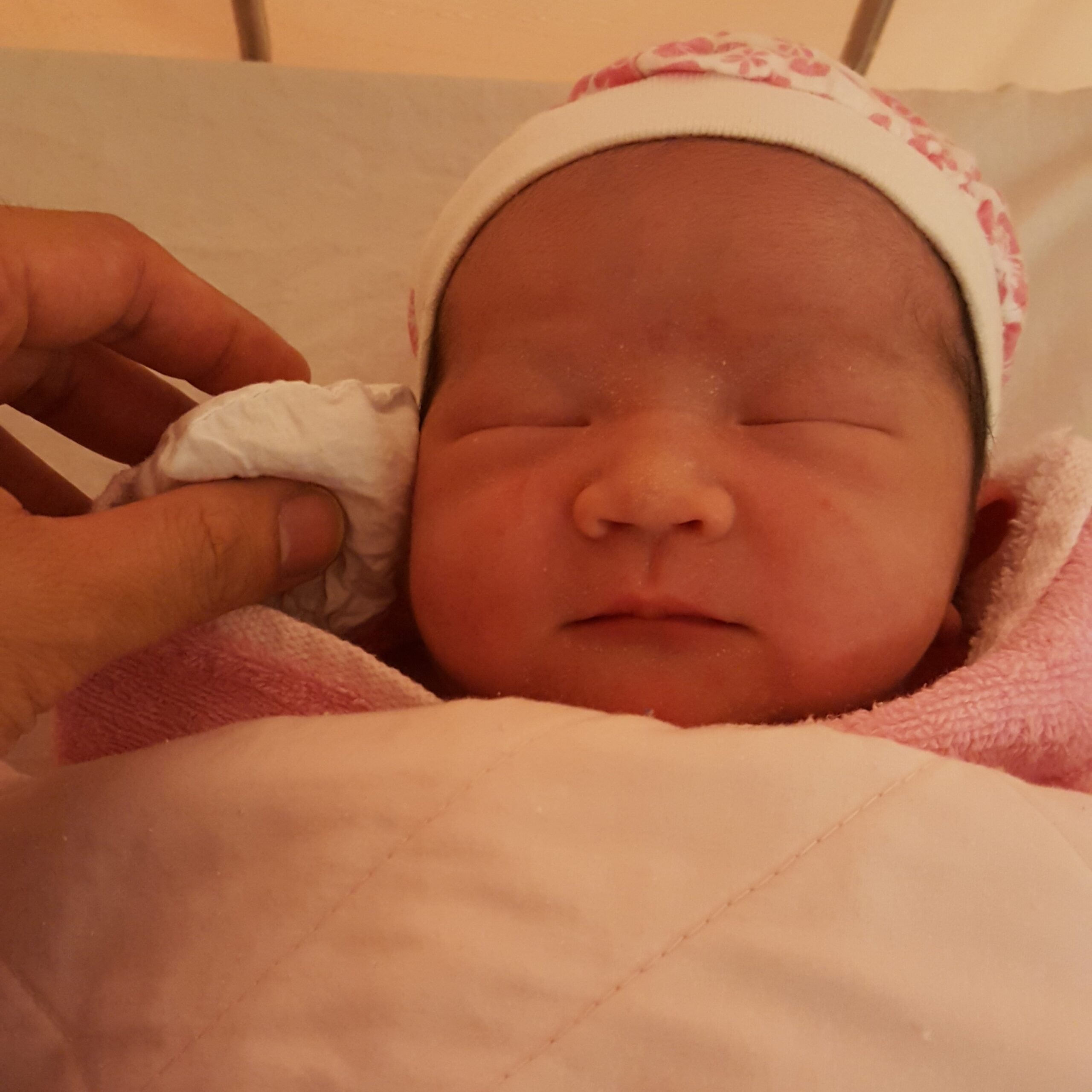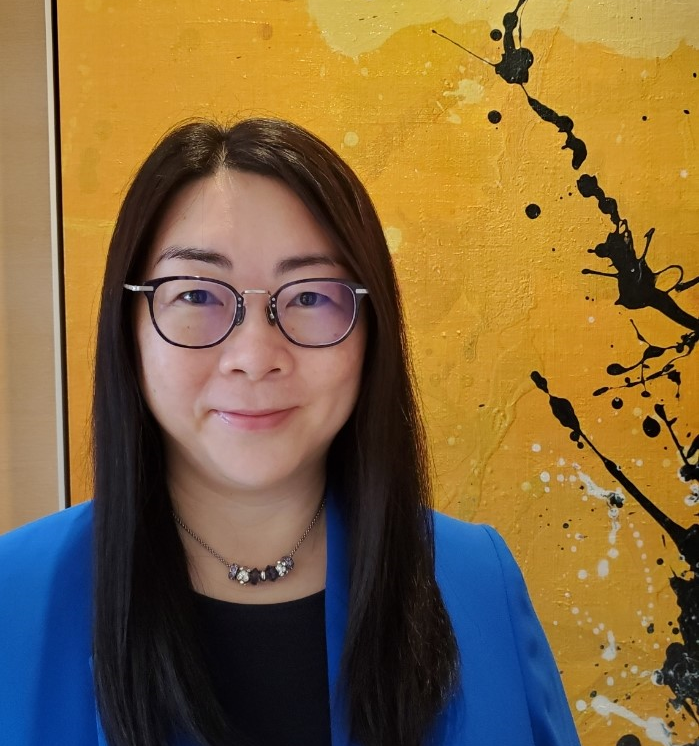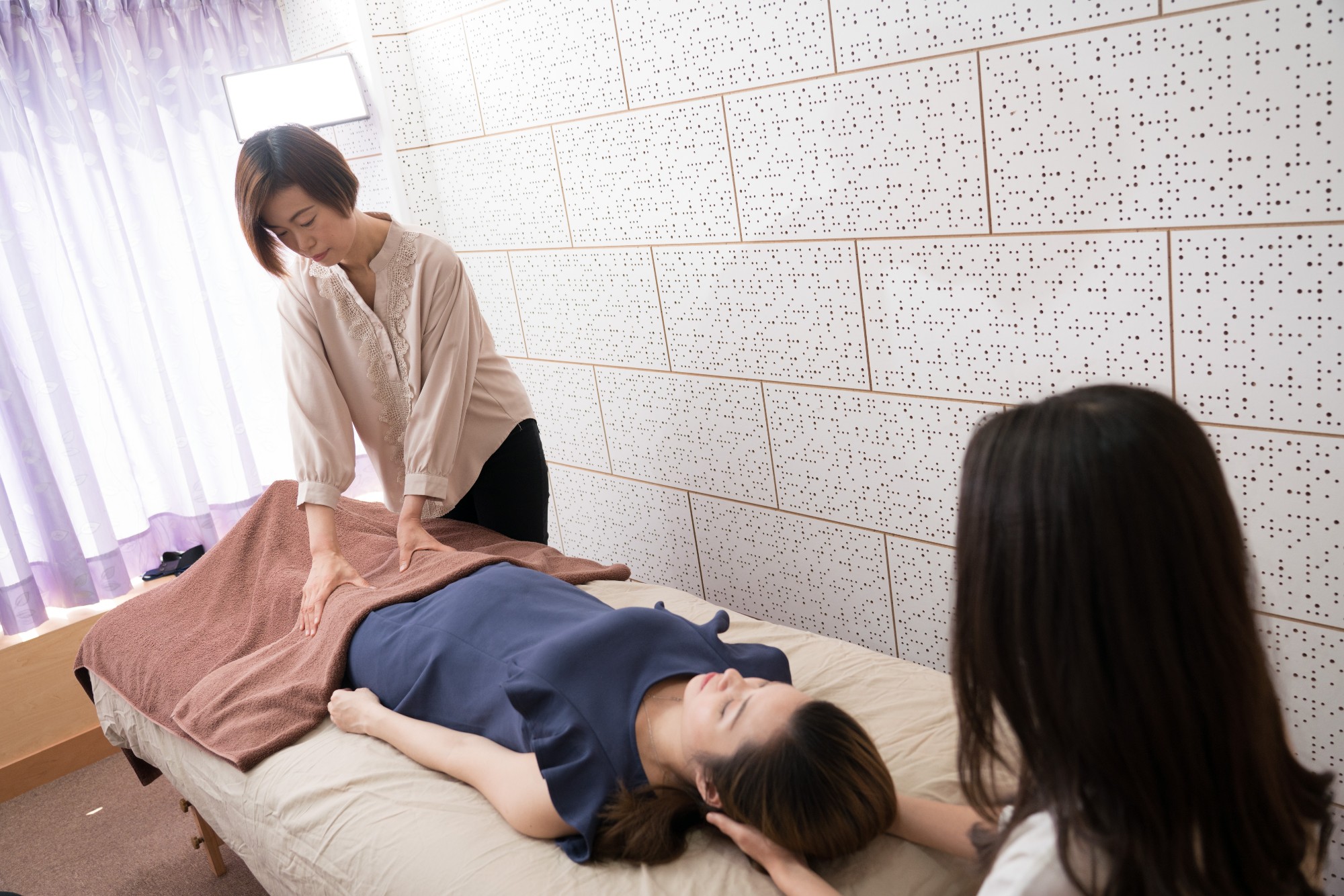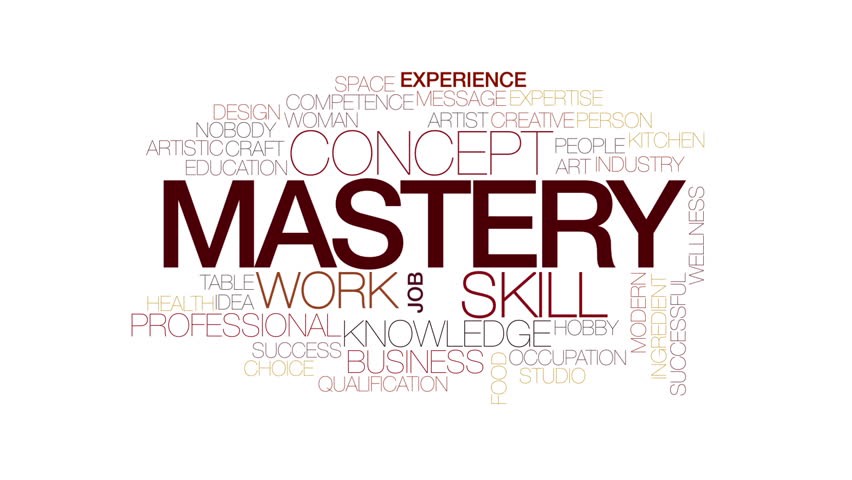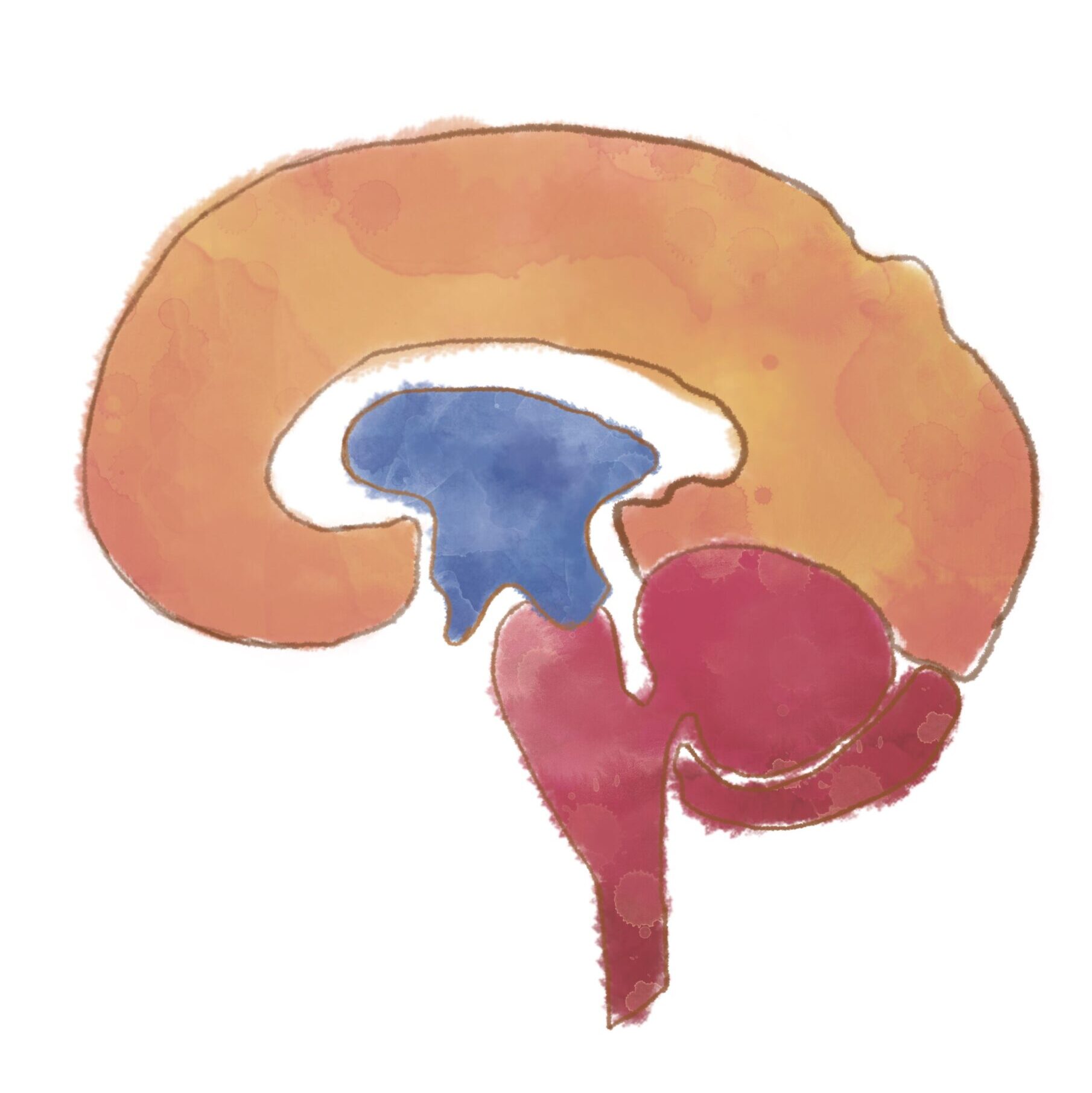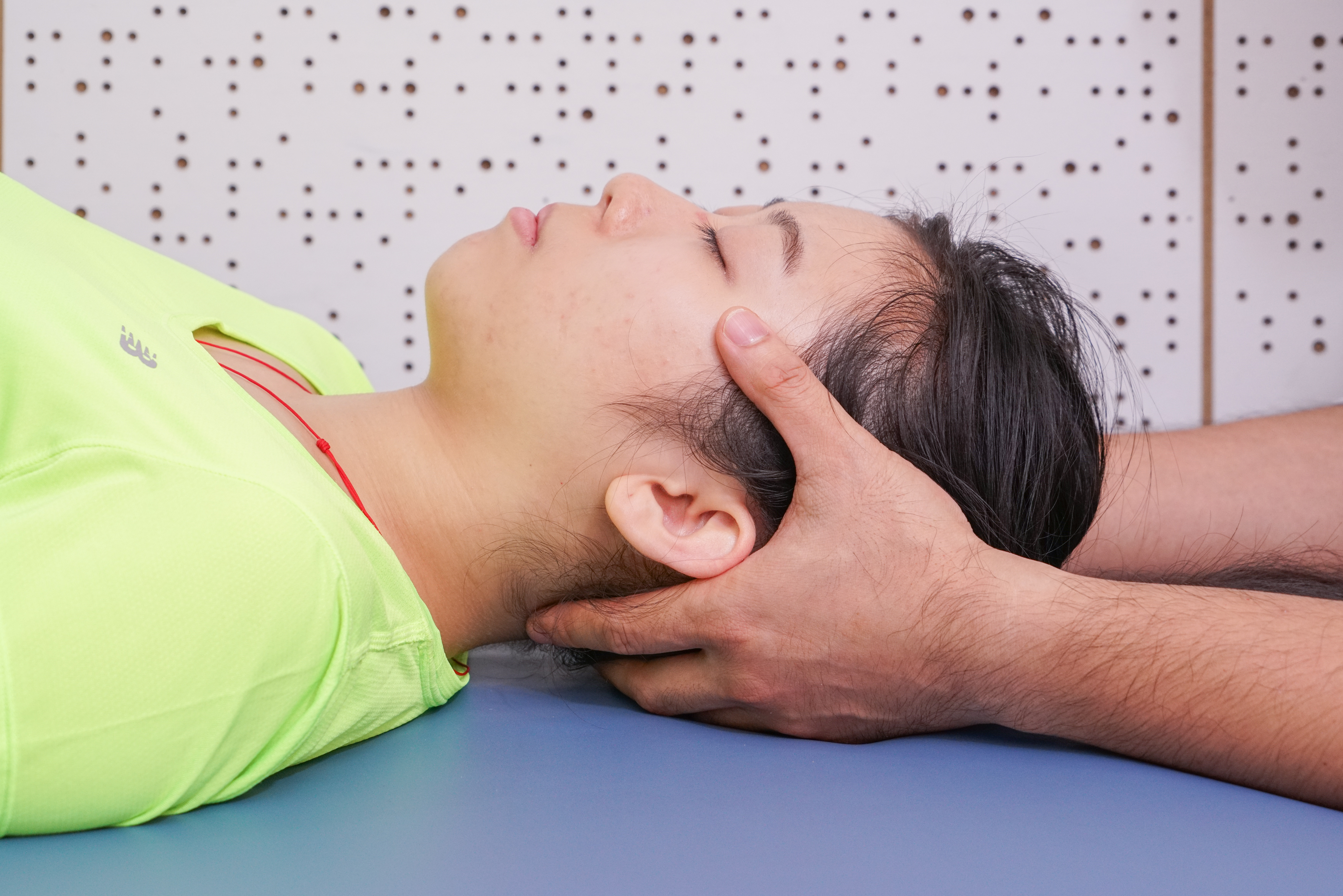
Theories
The theory of Craniosacral therapy is very sophisticated, to make it simple, we can divide it into serveral aspects.
Although every different parts of the body execute different work, they are actually highly connected to each other and influencing each other. So when every single part of the body is in trouble, many other parts of the body could suffer. So what craniosacral therapy does is trying to focus our therapy in the body part that originates the symptoms other than focus on the symptomatic site. For example, a patient complains of shoulder pain, throughout our examination, we find that the real problem site is the muscles in occipital-cervical junction area, the mechanism of having the shoulder pain in this case could be the compression of the cranial nerve XI which induce a constant spasm of the shoulder muscle, and finally lead to shoulder pain. So what we do will be focusing our therapy on the muscles in occipital-cervical junction but not on the shoulder.
But what happen sometimes is that this healing power is being hindered by some disorganized structure and tissues, which in turn delayed our healing. Through craniosacral therapy, after correcting the disorganized structure and tissues, the healing power will be back. For instance, ankle sprained for a month, the patient still feel pain and the ankle is still swollen. After examination, we found the ankle joint and the foot joints were malaligned, that’s why the ankle cannot heal. So the therapy will aim at getting the joints back into place, and the healing power will resume and the sprained ankle will heal itself within a very short amount of time.
including the sutures between each cranial bones. Of course, different kind of structures and tissues allow different amount of motion, shoulder joints should move much more than the knee joints, and the gliding motion of fascia should be more than the motion available in cranial sutures. In craniosacral therapy, recognizing the normal amount of motion of each kind structures and tissues is of great importance because that is how we know what abnormal is. The shoulder joint, for instance, can lift for more than 170 degrees and anyone who cannot could imply something relates to the shoulder joint is in trouble; and the fasica covering the back muscles should allow some gliding motions in all directions, we will know it is abnormal when it lost this normal mobility, and that is why one of the basic examination techniques in CST involved the palpation of the tissue motion abnormaility.
This is not a new and unique concept that only craniosacral therapists believe. In traditional Chinese medicine, they do think emotion can greatly affect our health in terms of hurting the internal organ. From the “Inner Book of the Yellow Emperor”, it stated that liver relates to anger, and said anger can reverse the chi movement, even causing vomiting blood. Even though how Chinese medical practitioners think about psychoemotional problem is not totally the same as how craniosacral therapists believe, but we both do agree that long term stress or one big psychoemotional strike can produce very significant adverse effect in health, and those psychological problem or emotional strike can cause physical discomfort or other illnesses. So psychoemotional problem sometimes is a big consideration when performing craniosacral therapy.
Techniques
There are many different specific techniques in craniosacral therapy, but what we do in the clinic sessions is mainly either pure manual therapy or manual therapy with therapeutic dialogue. The former one is always used for the illnesses related to structural and tissue problems while the later one is usually used for the problems related to psychoemotional issues.
We will focus our manual therapy on the body part which is the source of the present symptoms. By using the concept of craniosacral rhythm, we will perform different techniques specific to the problem, aiming at releasing the tension of tissues. Compression, tractioning, pulling, pushing and twisting are the main components in the techniques. And depending on the severity and the nature of the problem, different amount of force will be used. Light force is usually the option, but heavy techniques are not uncommon.
In a session with therapeutic dialogues, what we do is just adding therapeutic dialogues on top of the usual manual techniques, which brings them a clear awareness of the origin of the symptoms. This is a very important precedure when dealing with a problem which is psychoemotionally based. The content of dialogue will focus on the issue that leads to the persent symptoms, issues related to work, family, love, study and social phenomenon are very common.
